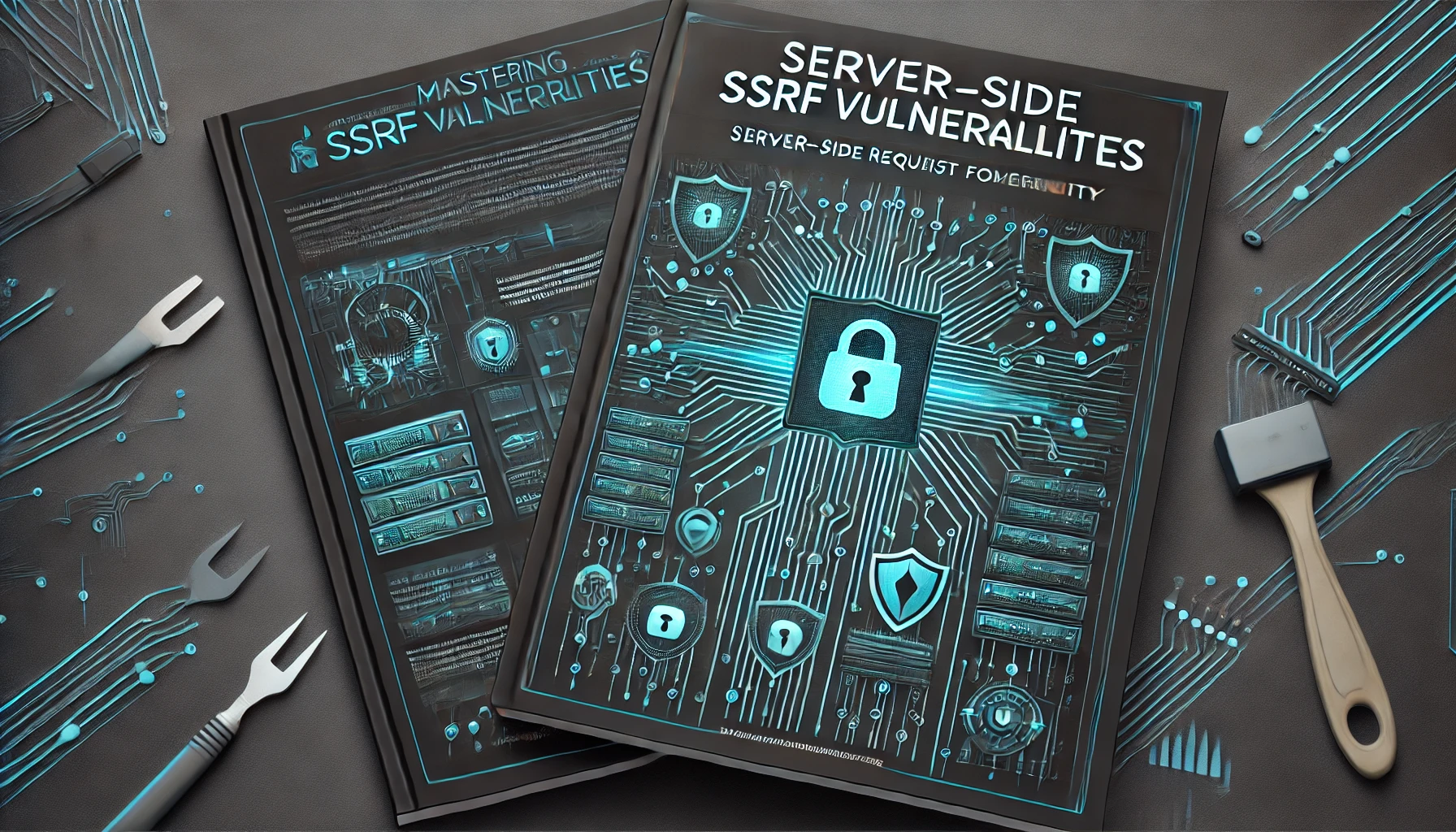In today’s interconnected digital landscape, containerization has become a popular approach for deploying and managing applications. Containers provide an isolated environment that encapsulates an application and its dependencies, making them portable and efficient. However, as with any technology, containerization brings its own set of security challenges that need to be addressed.
At Secure Debug, we understand the importance of container security in safeguarding your digital assets. In this blog post, we will explore the key aspects of container security and provide insights into securing your containerized environments.
Understanding Container Security
Container security focuses on protecting the integrity and confidentiality of containerized applications and their underlying infrastructure. It involves implementing security measures throughout the container lifecycle, from image creation and deployment to runtime monitoring and vulnerability management.
Securing the Container Image
The first step in container security is ensuring the integrity of the container image. This involves using trusted base images, regularly updating them to address any known vulnerabilities, and scanning for malware or unauthorized modifications. Implementing secure image signing and verification mechanisms adds an extra layer of protection.
Securing the Container Runtime
Once the container image is deployed, it is crucial to secure the container runtime environment. This includes isolating containers from the host system and other containers, setting appropriate resource limits, and configuring strong access controls. Monitoring the runtime environment for any suspicious activities or unauthorized access attempts is essential for early detection and mitigation of potential threats.
Securing Container Orchestration
In containerized environments, container orchestration platforms like Kubernetes play a vital role in managing and scaling containerized applications. Securing the orchestration platform is crucial to ensure the overall security of the container ecosystem. This involves implementing role-based access control (RBAC), enabling network policies, and regularly updating the orchestration platform to address any security vulnerabilities.
Best Practices for Container Security
To enhance the security of your containerized environments, consider implementing the following best practices:
- Use trusted container images from reputable sources
- Regularly update container images and underlying dependencies
- Implement secure image signing and verification mechanisms
- Isolate containers using appropriate network and storage configurations
- Implement strong access controls and least privilege principles
- Implement runtime monitoring and anomaly detection
- Regularly scan for vulnerabilities and apply security patches
- Monitor and log container activities for auditing and incident response
Conclusion
Container security is a critical aspect of maintaining the integrity and confidentiality of your digital assets. By implementing robust security measures throughout the container lifecycle, you can minimize the risk of unauthorized access, data breaches, and other security incidents. At Secure Debug, we specialize in container security and can help you secure your containerized environments effectively.







